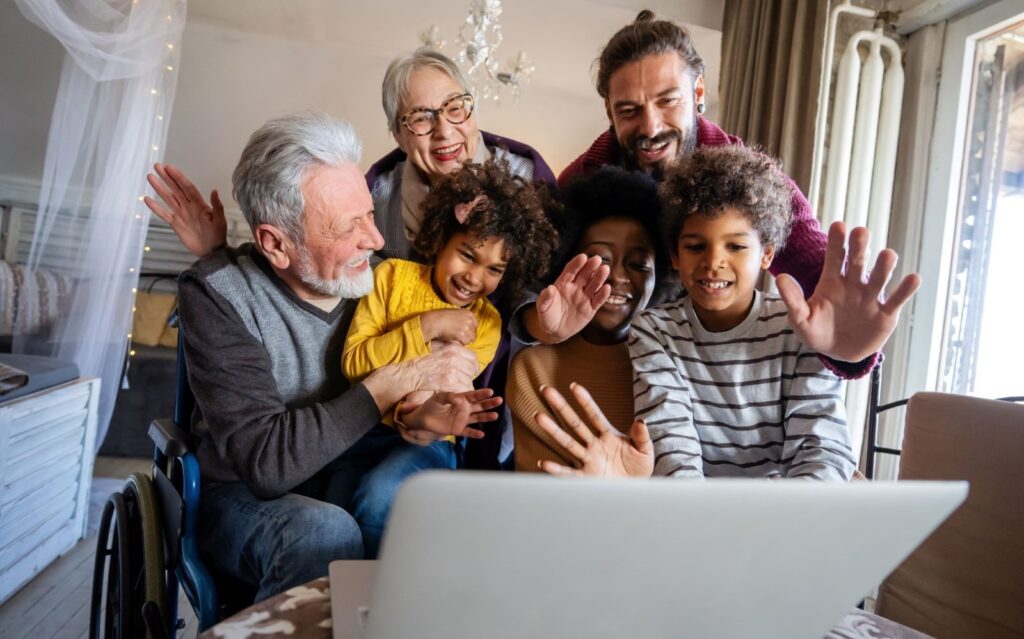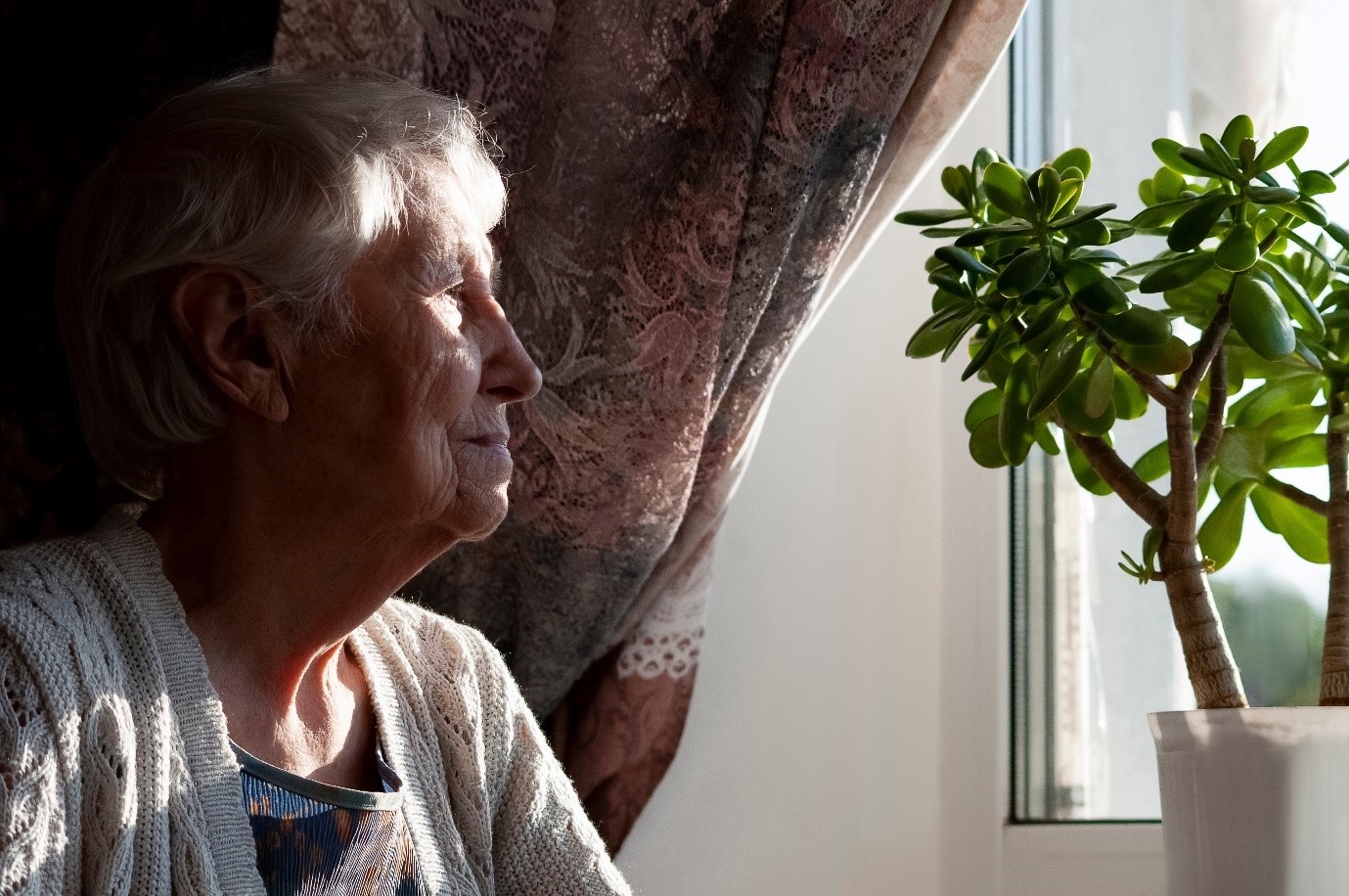Why older adults in care need to stay in touch
Research has shown that the consequences of social isolation and loneliness on mortality are comparable to that of other widely recognized risk factors for mortality, including smoking, obesity, and physical inactivity.


Extensive research conducted by the World Health Organization (WHO) has revealed that social isolation and loneliness pose significant risks to the well-being of older individuals. These factors have been linked to adverse effects on longevity, physical and mental health, and overall quality of life.
Research from the National Academies of Sciences, Engineering, and Medicine indicates approximately one-quarter (almost 25%) of adults aged 65 and older experience social isolation, and a significant proportion of adults in the United States report feeling lonely. This concerning trend can have detrimental effects on the mental and physical well-being of older adults and highlights the importance of addressing social isolation in this demographic.
What are the causes of loneliness in older Americans?
Loneliness among older Americans can stem from various reasons, each unique to the individual. Despite our best efforts, it can sometimes be challenging to precisely identify the triggers that lead to these feelings of loneliness.
Certain life events or circumstances can lead to feelings of loneliness. Some examples might include but are not limited to:
- Bereavement or grief
- A lack of contact with friends and family and limited opportunities for social interaction
- Being widowed or divorced
- Retiring from work
- Having reduced mobility
- Sensory impairment
- Mental health concerns such as depression, social anxiety, and low self-esteem
- Experiencing discrimination based on age, racial, ethnic, sexual orientation, or gender identity
- Language barriers
- Unable to take part in activities/hobbies they enjoy
Loneliness can be particularly prevalent among older Americans during festive seasons like Christmas, Ramadan, or Valentine’s Day. This could be attributed to various factors, such as the absence of family or friends during these special times or the experience of living in senior living communities where fewer individuals share similar backgrounds, cultures, or languages.
Additionally, older adults may feel isolated due to physical limitations or health conditions that prevent them from participating in traditional holiday activities.
Sometimes, the signs of loneliness are easy to recognize, especially after the loss of a loved one. However, these signs may be subtle and hard to notice at other times.
How do you recognize the signs of loneliness in older adults?
Here are some typical signs and symptoms of loneliness in older adults:
- Self-neglect
- Isolating oneself from others or avoiding social events
- Loss of appetite
- Spending more time alone
- Restless sleep or excessive sleeping
- Verbally expressing feelings
- Poor spending habits
- Changes in communication frequency
America has a loneliness epidemic:
Here are a few ways to address it
According to Forbes, there’s an epidemic of loneliness and social isolation among seniors.
Residing in senior living communities that prioritize and facilitate social engagement, fostering meaningful connections, and pursuing personal interests can play a vital role in combating the widespread issue of loneliness among older adults across America.
Additionally, senior living staff members, life enrichment and concierge teams play a critical role in addressing loneliness among residents by offering companionship and engaging in meaningful conversations. By actively listening and fostering a supportive environment, senior living staff members help residents feel heard, understood, and valued, contributing significantly to their overall well-being.
Senior living staff members can also harness technology to help residents stay in touch with their loved ones and encourage them to engage in active social activities.
For example, ResHub, our innovative platform driven by research and designed to enhance the resident experience, helps to keep residents, families, and senior living staff members connected, elevating the daily resident experience.

Solving loneliness with ResHub!
ResHub is becoming increasingly popular among senior living communities across America.
The platform enables senior living staff members to easily share special moments, photos, videos, and messages with family members, truly connecting them to the daily life that their loved one’s experience within a senior living community!
Residents can effortlessly stay connected with their loved ones no matter where they are.
Our user-friendly platform enables family members and senior living staff members to schedule video calls, ensuring that residents can maintain their valuable connections easily and conveniently.


And that’s not all! ResHub also supports senior living communities by providing a platform to gain insight into residents’ preferences and choices. Additionally, it enables the collection of valuable feedback on individuals’ experiences of care, which is crucial for ensuring that residents’ well-being is prioritized and maintaining compliance with state government regulations.
Contact ResHub to learn more!
Combat loneliness in your senior living community with ResHub!
Request a personalized demo today and learn how ResHub’s resident experience platform can help solve loneliness, elevate the daily resident experience, and help create a connection hub for your senior living community!
